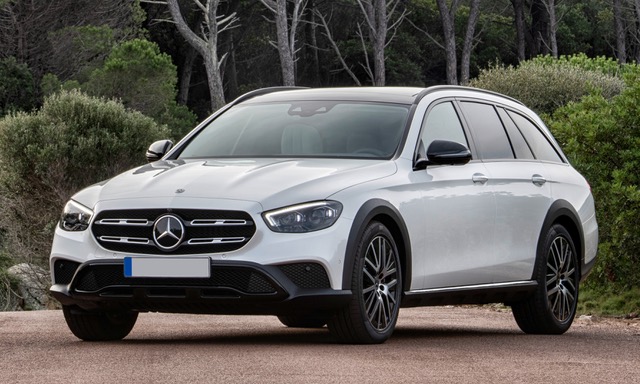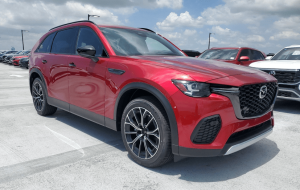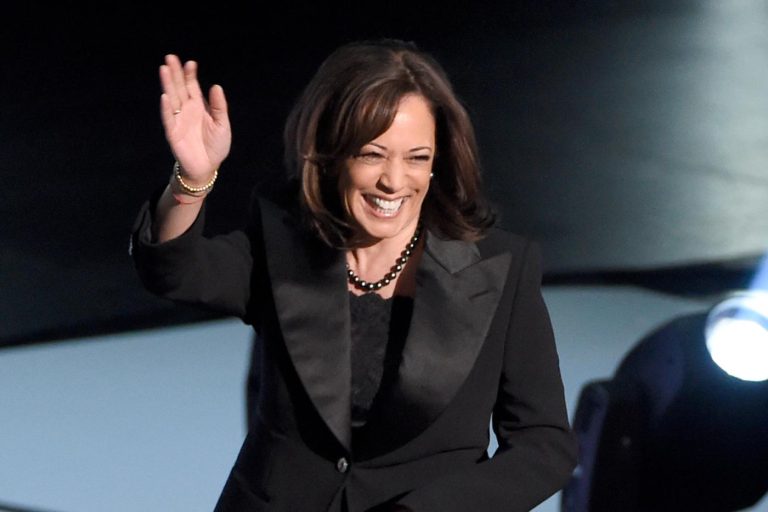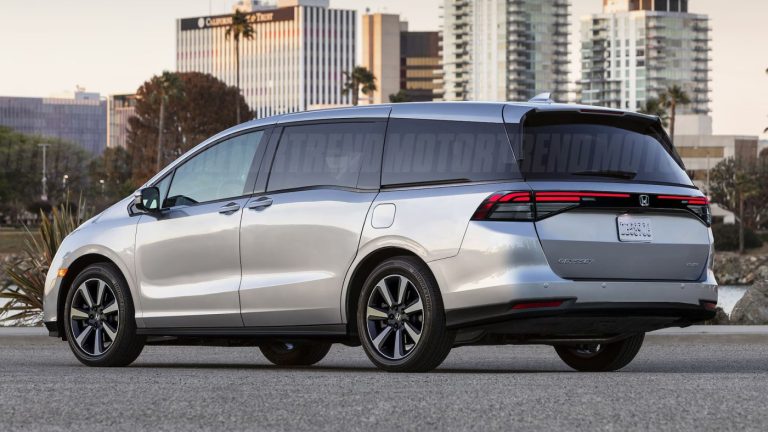The long-standing vehicle segment, once called station wagons, remains. About a dozen manufacturers offer wagons, sportwagons and all-terrain vehicles.
But none are called station wagons. They were the heavy, durable and long-ago preferred cars of vacationing families on the open road or en route to train stations with lots of big suitcases tied to the roof.
The 2024 Mercedes-Benz E-Class All-Terrain, which debuted in July, honors its predecessors. It’s a top-cruising wagon, the bigger sibling of the E 450 sedan. It’s equipped with a turbocharged, 24-valve, 3.0-liter inline-six cylinder with a nine-speed automatic transmission producing 375 horsepower. It’s mated with a mild hybrid system producing an additional 23 horsepower.
Station wagons of yesteryear may surpass the E-Class wagon, now in its sixth generation, via three rows, plenty of cargo room and cruising that makes long hauls fun. But the four-door, five-passenger Mercedes-Benz makes the cruise a luxury experience.
The wagon advances on an auto-leveling air suspension. It maintains a constant ground clearance even if it’s stocked with cargo. When the vehicle is driven at more than 75 miles per hour, the suspension lowers by .6 inches. The carmaker reports the adjustment improves highway fuel economy via improved aerodynamics.
An air body control suspension gives the wagon more than a one-inch higher ride than Mercedes-Benz sedans. Its versatility is also enhanced by an external plastic cladding that protects the car from road debris.
The wagon’s ruggedness also benefits from its 4Matic (permanent all-wheel-drive) drivetrain and a 360-degree camera system. It’s a hood function that shows a virtual view of what’s under the front of the car to better avoid obstacles.
Despite its wagon designation, the All-Terrain has plenty of sportiness and performance. It weighs nearly 4,600 pounds, but it’s reached a top speed of 142 miles per hour. In the United States, the wagon is electronically limited to 130 mph. The All-Terrain accelerates from 0-to-60 mph in 4.6 seconds, an effort far superior to many vehicles with high-performance reputations. Gas mileage averages are 22 miles per gallon in city driving, 31 mpg on the highway.
The Mercedes-Benz reputation and signature features are prominent, a supremely comfortable and quiet ride and superior craftmanship with top-line materials. Passenger room and cargo space are plentiful. The human space includes 59.8 inches of second-row elbow room. The cargo area expands to 64.6 cubic feet with the second-row seats folded flat.
Beyond the carmaker’s lengthy standard features list, a few worthy options enhance the already top-line vehicle. The MBUX Superscreen Package ($1,500) is a 56-inch horizontal seamless glass surface. It extends from the right-hand side of the vertical digital instrument panel across the entire dash.
First available in 2018, the screen includes three display units: one 12.3-inch screen for the driver, one 17.7-inch screen in the center and another 12.3-inch screen facing the passenger. A head-up display also projects onto the windshield.
Another option is the Digital Light Package ($990). It’s an active ambient lighting strip that runs across the cabin and wraps around into the front door trims. It can produce light patterns in time with the music playing from the sound system and is an added welcome for night driving when fatigue can be problematic.
A few additional single-item options, including leather seating ($1,620), push the MSRP of $74,700 to $83,610.
Competition includes the Audi A4 Allroad and A6 Allroad and Volvo V60 Cross Country or V90 Cross Country. They’re all worthy luxury purchases. But the Mercedes-Benz station wagon dates more than 80 years to the Mehrzweckwagen Type 802 C. The name translates to “multi-purpose trolley.” The newest version represents its enduring legacy well.
James Raia is a sports and lifestyle writer and syndicated automotive columnist in Sacramento. E-mail: james@jamesraia.com.












